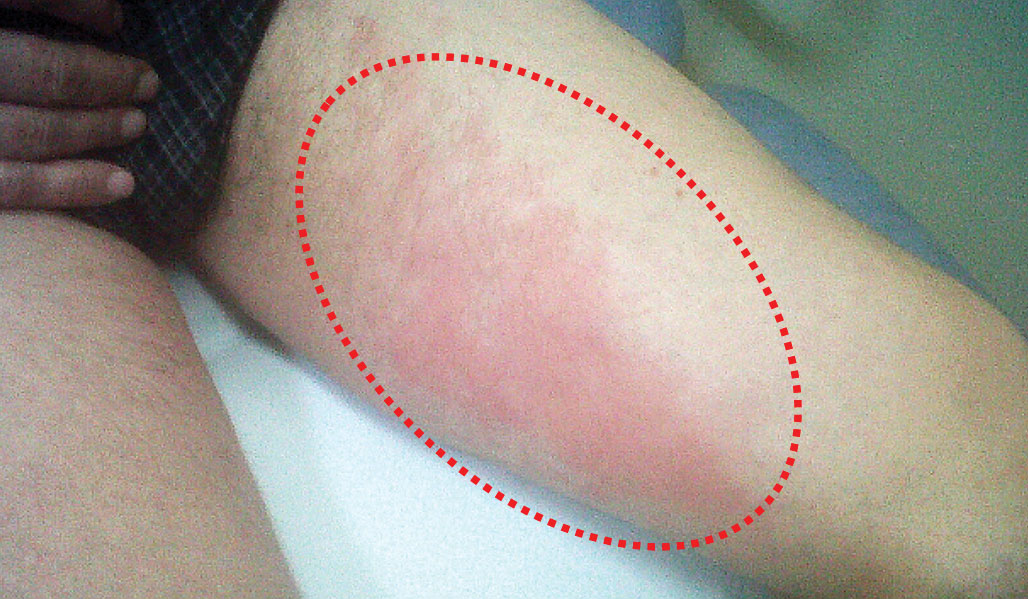What is Vein Disease?
Find relevant information here.
Varicose Veins During Pregnancy
Developing varicose veins during pregnancy is very common. As the baby grows within the mother’s lower abdomen and pelvis, it gradually compresses organs as well as blood vessels that enter and exit the legs. Since blood flow from the legs must go through the pelvic veins to reach the heart, this compression from the uterus slows the return of blood and may cause leg swelling. This, combined with the hormonal changes of pregnancy, can lead to varicose vein development in the legs as well as in the vagina and vulva. Mothers who had varicose veins before pregnancy may notice that pregnancy worsens them. Many varicose veins of the vagina and vulva will gradually recede after the baby is born. Leg varicose veins may recede, but they may also cause continued symptoms, especially if they were present before pregnancy.
Symptoms
Typical symptoms include pain, itching, bleeding, leg swelling, and skin changes. Possible complications include superficial blood clots in the varicose veins (thrombophlebitis) and deep vein thrombosis (DVT). Thrombophlebitis can cause a localized red, firm, warm, painful area over the affected vein. This is not usually dangerous to the mother or the baby, but requires medical attention.
Conversely, DVTs can be life threatening to the mother and baby as they can travel to the lung and cause a pulmonary embolism (PE). Symptoms are more severe. DVTs and PEs are rare and more often occur in mothers who have a history of previous blood clots, a genetic clotting disorder, or have a family history of blood clots. Diagnosis is made with ultrasound of the leg veins or CT scan for PE.
Treatment
Treatment for new or worsening varicose veins during pregnancy is conservative and non-surgical, consisting primarily of medical-grade compression stockings, leg elevation, exercise, and staying hydrated. Similiarly, thrombophlebitis is treated with leg elevation, compression, warm compresses, and time. Acetaminophen (Tylenol®) is a safe pain medication to take during pregnancy. DVT requires immediate medical attention and is often treated with blood thinning medications. Please reference the section on DVTs for more information.
Interventional or surgical treatment for varicose veins is not usually performed during pregnancy and can be addressed after the baby is born.
A model of a full-term baby demonstrating how it takes up a large amount of space in the lower abdomen and pelvis, pushing on the other body parts in that area (The Healthy Veins Book, 2023, p. 98, fig. 20-1).
Superficial thrombophlebitis of the great saphenous vein in the middle of the left thigh. The redness clearly visible and would be warm and painful to the touch (The Healthy Veins Book, 2023, p. 33, fig. 7-3).
Chapter 4: Varicose Veins



